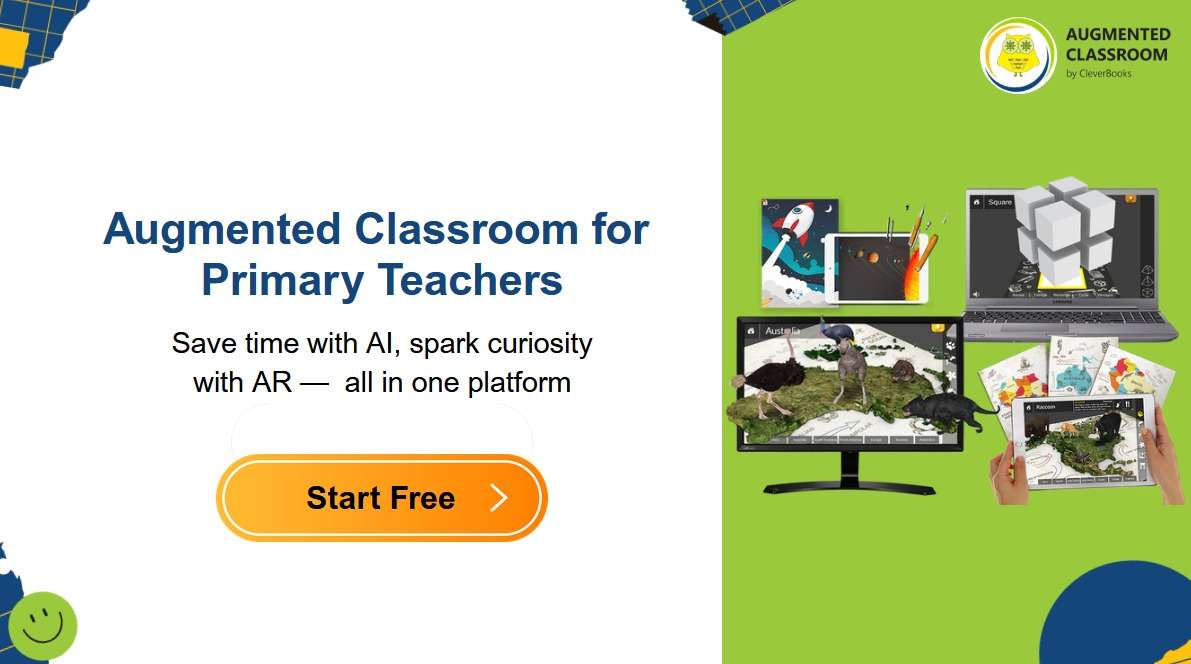In today’s classrooms, educators are constantly seeking innovative ways to keep young learners engaged while building strong foundations in core subjects. One technology making a significant impact is Augmented Reality (AR). By blending digital content with the real world, AR creates interactive learning experiences that spark curiosity and improve understanding—especially for K–6 students.
1. Turning Abstract Concepts into Tangible Experiences
Children in elementary grades often struggle with grasping abstract ideas in math, science, or geography. AR bridges this gap by making the invisible visible. For example, instead of simply reading about the solar system, students can hold up a tablet and see planets orbiting in 3D right before their eyes. Concepts like fractions, ecosystems, or historical landmarks come alive, helping students make meaningful connections.
2. Boosting Engagement and Motivation
K–6 learners thrive when lessons are playful and interactive. With AR, every lesson becomes a hands-on experience. Imagine a student pointing their device at a worksheet and suddenly seeing animals appear in their natural habitats or geometric shapes unfold in 3D. These interactive moments transform passive learning into active discovery, increasing motivation and attention span.
3. Supporting Different Learning Styles
Every classroom includes a mix of visual, auditory, and kinesthetic learners. AR supports all of these styles by combining images, sound, and movement. Visual learners benefit from 3D models, auditory learners engage with interactive narration, and kinesthetic learners explore by manipulating digital objects. This makes AR a powerful tool for inclusive education.
4. Building 21st-Century Skills
Beyond subject knowledge, AR experiences encourage collaboration, critical thinking, and problem-solving. When students work together to explore AR tasks—such as solving puzzles, identifying animals, or building structures—they develop essential teamwork and digital literacy skills that will serve them for years to come.
5. Creating Memorable Learning Moments
Research shows that students remember best when they are emotionally engaged. AR’s wow-factor creates memorable moments that stick with learners. A history lesson isn’t just something to memorize—it becomes an adventure where students can “step into” ancient civilizations or explore world maps in a way that textbooks alone can’t achieve.
Bringing AR Into Your Classroom
More and more schools are finding ways to introduce AR into everyday teaching—not as a replacement for traditional methods, but as an enhancement that deepens understanding and makes learning more exciting.
If you’d like to explore how AR can fit into your K–6 lessons, solutions like CleverBooks’ Augmented Classroom offer ready-to-use tools designed with educators in mind. It’s an easy way to start experimenting with immersive learning and see the difference it can make for your students.

